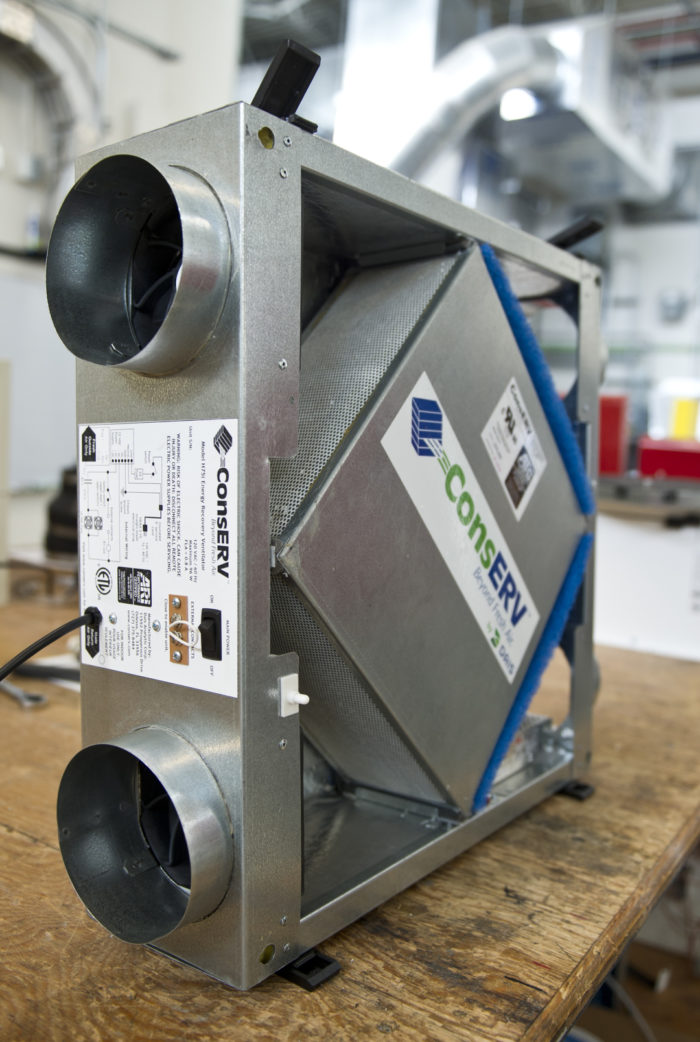HRV Selection Guide: What Features to Consider
Wiki Article
The All-Inclusive Guide to the Uses of Heat Recovery Ventilation in Modern Structures
Heat Recovery Ventilation (HRV) systems stand for a considerable development in developing innovation (HRV Heat Recovery Ventilation). They supply a method for trading stagnant indoor air with fresh outside air while reducing power loss. This approach not just enhances indoor air top quality however also contributes to power effectiveness in both domestic and business buildings. Recognizing the numerous applications and advantages of HRV can expose its important function in modern-day design and sustainability efforts. The effects of this modern technology are worth checking out betterUnderstanding Heat Recovery Ventilation Solutions

Although several modern buildings prioritize power efficiency, recognizing heat recovery ventilation (HRV) systems is essential for optimizing indoor air high quality and reducing power intake. HRV systems work by moving warm from stagnant indoor air to incoming fresh air, effectively keeping comfy interior temperature levels while lessening power loss. These systems contain a warmth exchanger, followers, and ductwork that facilitate the blood circulation of air. During winter months, HRV devices catch and reuse warm from the outbound air, while in summertime, they can help cool incoming air. By continuously exchanging air, HRV systems also minimize humidity and the concentration of indoor contaminants. Appropriate installation and maintenance of HRV systems are essential for their performance and effectiveness in enhancing total building efficiency and convenience.
Benefits of Heat Recovery Ventilation
Heat recovery ventilation systems use countless advantages that boost both power efficiency and indoor air quality in modern-day structures. By recording and reusing energy from exhaust air, these systems substantially minimize heating & cooling prices, resulting in reduced power usage. Additionally, they maintain a steady circulation of fresh exterior air, lessening the danger of interior air toxins and allergens. This continuous exchange helps control humidity degrees, protecting against mold and mildew development and guaranteeing a much healthier living setting. Additionally, HRV systems add to sustainability goals by reducing general carbon impacts. Their capability to maximize air flow without compromising thermal comfort makes them an important enhancement to contemporary structure style, advertising both financial and eco-friendly benefits.Applications of HRV in Residential Structures
As home owners significantly prioritize power effectiveness and interior air high quality, the applications of warm healing ventilation (HRV) systems in domestic buildings have actually ended up being a lot more common. HRV systems are specifically valuable in snugly sealed homes, where preserving fresh air circulation is important for preventing dampness build-up and interior contaminants. They efficiently move warm from outgoing stale air to inbound fresh air, reducing power prices related to heating & cooling. Furthermore, HRVs can boost convenience levels by managing moisture and temperature level. They are likewise versatile for different household layouts, consisting of single-family homes and multi-unit structures. On the whole, Look At This incorporating HRV systems sustains lasting living methods while guaranteeing a healthier interior environment for owners.HRV in Industrial and Industrial Settings
In commercial and industrial settings, Home Page the implementation of warm recuperation air flow (HRV) systems has come to be significantly vital for maximizing energy efficiency and keeping air top quality. These systems successfully transfer heat from exhaust air to incoming fresh air, decreasing the demand for extra home heating or air conditioning. This not only reduces energy costs but additionally adds to sustainability initiatives. Industries such as production, warehousing, and office complex profit greatly from HRV systems, as they aid control temperature and moisture levels, guaranteeing a comfortable and efficient atmosphere. Moreover, HRV systems help in removing contaminants and excess moisture, boosting indoor air high quality. As laws around air quality become stricter, the fostering of HRV technology is most likely to expand, making it an essential part of modern commercial and commercial facilities.Future Trends in Heat Recovery Ventilation Innovation

Frequently Asked Concerns
Just How Does Heat Recovery Ventilation Impact Indoor Air Quality?
Heat click here for more info recovery ventilation considerably boosts indoor air high quality by continually trading stagnant indoor air with fresh outside air while recuperating energy. This process decreases toxins, preserves excellent moisture degrees, and guarantees a healthier atmosphere for owners.Can HRV Solutions Be Set Up in Existing Buildings?
HRV systems can undoubtedly be set up in existing buildings. Retrofitting may call for modifications to ductwork and air flow layouts, but it considerably enhances energy performance and interior air quality, making it a feasible choice for older structures.What Upkeep Is Needed for HRV Systems?

Exist Details Climates Where HRV Is Extra Reliable?
Heat recovery ventilation systems are specifically reliable in environments with considerable temperature level differences between seasons. These systems maximize power effectiveness by recouping warmth from exhaust air, making them suitable for both cold and moderately warm environments.Just How Do HRV Equipments Affect Energy Costs?

Report this wiki page